[Date Prev][Date Next][Thread Prev][Thread Next][Date Index][Thread Index]
Reply to: [list | sender only]
Accident
- To: Multiple recipients of list <[email protected]>
- Subject: Accident
- From: Andy Hammersley <[email protected]>
- Date: Fri, 23 May 1997 12:21:55 -0400 (EDT)
Hello Everyone,
Some of you have already received this information, but since I didn't
send it to all the imageCIF and COMCIFS members I thought I'd explain
at least in part my e-mail inactivity recently.
About 2 months ago I had a minor bike accident. Although minor I
ended up in hospital and have had a number of injuries and minor
complications and have been off work officially until the last few days.
Hopefully this is almost all over and I'm working half-time for the
moment.
Regarding imageNCIF etc. Bob Sweet is planning to organise a workshop
in October which would aim to finalise a first draft and even try to
produce code to read and write these files.
Prior to that it seems to me that the question of how to combine
binary and CIF into a single file really needs to be answered.
Since generally John Westbrook did a very good job based on my
CBF format document, but raised again the question of including
CIF and binary data in the same file. There seems to be two basic
approaches which we may term the "tar" approach and the "mime" approach.
The "tar" approach is essentially how I saw CBF (even it this was not
stated as such), in that a single "container" file contained a
"CIF-compatible" section and separately a binary section. (I limited
this to a single binary secton for simplicity, but clearly this could
be extented to multiple binary sections and could be better formalised
than in my document.)
John has done a very nice job in taking my CBF document and
changing the datanames to DDL-2. However, he tries to completely
mix binary into CIF data value sections. This is probably going
further than the general "mime" approach.
It seems to me that how to mix of CIF and binary into a single file
is a fundamental question to answer. Either by e-mail or at the
CIF-developers meeting.
A further question to answer is the necessity of a pure ASCII CIF
encoding of binary data. Is this useful ? (It is clear to all
the people who work with image data that the binary encoding is
necessary.)
Herberts' suggestion to support either
<CR>
<CR><LF>
<LF>
as line terminators is a very good one. For pure CIF programs
as well as imageNCIF ones !
Let me explain why with a case history.
We have a Fuji BAS-2000 image plate scanner. This stores data
in an ASCII header file and a binary image. (Yes, there are two
separate files and yes this in itself causes problems.) This
is read-out into a PC. Previously the data was stored directly
on the PC disk and transferred to Unix workstations by ftp.
I guess the users generally got the transfers correct or at
least realised theirs mistakes and repeated the transfers: ASCII
in ascii mode and binary in image mode. One day someone
remote mounted a disk from a Unix system onto the PC so the
data could be saved directly on the workstation and save the
users the extra stage of file transfer. So now the system is
more "robust" but the ASCII header file is wrong ! People
think that it's an ASCII file on the Unix system but it's
written according to the PC's idea of ASCII. With a minor
fix to my program it can now input such corrupted files.
I'm sure this sort of thing is going to happen more and more
often. (None-DOS operating systems which can nevertheless
write DOS formatted disks are another source interesting file
exchanges.)
Best Regards,
Andy
Reply to: [list | sender only]
- Prev by Date: Re: Westbrook's draft dictionary
- Next by Date: imgCIF Workshop
- Prev by thread: imgCIF Workshop
- Next by thread: Westbrook's draft dictionary
- Index(es):

